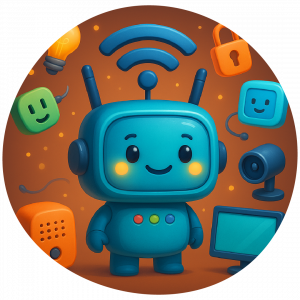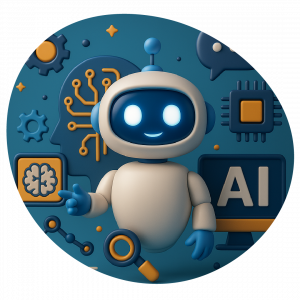Introduction
How can we improve our students’ online learning experiences? At TBox we recommend a concrete and simple strategy that will allow us to advance in the quality of teaching that we provide through educational platforms and online tools.
Imagine, plan, implement, and evaluate learning experiences that have four essential ingredients in 21st century education: research, collaboration, production, and digital citizenship. Technology will be a means of facilitating each of these components!
Research
Students can use information on the web to resolve questions or situations given in the learning experience. Using simulations, for example, allows them to explore concepts and phenomena. Multimedia resources such as videos, animated films, diagrams and images, facilitate the understanding of different topics. Technology opens up great possibilities for research and exploration!

Collaboration
The use of blogs, wikis pages or shared documents allows students to collaboratively build their learning. For example, you can generate a shared presentation to prepare an insectarium virtual class: each team or student can complete a slide with an image and relevant data of the insect of their choice. Technology must not isolate, it must be a means that facilitates teamwork and that helps us overcome space and time barriers.

Production
Currently, there are a large number of tools for students to “produce” different types of educational materials: documents, presentations, videos, audio, infographics, images, statistical graphics, and websites, among others. In addition, you can make “home productions” that do not involve the direct use of computer tools, if not materials that students have on hand.
The teacher’s job is to propose the production of challenging materials that reflect the learning of the experience and that are in accordance with the reality of their students. Production must be an ingredient that encourages curiosity, creativity, and problem-solving ability.

Digital citizenship
Digital citizenship is a set of areas that help to use technology with responsibility, ethics and security. Digital citizenship allows establishing the correct way to interact in virtual environments, to live in harmony and free of dangers.
As teachers, we must promote good practices that help students use technology resources appropriately. Simple actions like agreeing rules of interaction on an educational platform or in virtual classes can make a difference.

Example
A simple example of a learning experience with these four components and the creative use of technology is as follows:
Why does blood circulate? Where does the blood circulate? What drives the blood to circulate? What path does blood travel within the body? These are some questions that 4th grade students could ask themselves to address the topic of “blood circulation”.
Based on these questions of interest, the teacher can create a blog or a presentation to clearly answer these questions and have complementary resources for students to do more research on the topic: videos, graphic diagrams and links with more information. You can propose a final reflection question on the subject for each student to answer within the comments of the blog or the publication of the presentation. Students can work in teams to produce, for example, content for a “medical journal” that summarizes what they have learned.
A learning experience like the previous one guarantees:
Research: it is part of a blog or a presentation that contains the required concepts, as well as complementary resources that increase the possibilities of learning. In this way, research leads them to useful and varied materials for educational purposes.

Collaboration: students combine their individual contributions within the blog or the comments in the presentation with teamwork to produce different content for a medical journal. Each member of the team can assume a specific role for the elaboration of the content: designer, illustrator, editor, etc. Collaboration can go beyond the classroom, including, for example, a virtual interview with a doctor on this topic.

Production: students can use different technological tools to produce content for the magazine in an ingenious way. For example, a word processor, an online tool like Canva to create designs, an internet search engine, an image editor, etc. Another option is to prepare this publication manually: create a colorful design with various materials to share the researched. The result: a class magazine that summarizes what has been learned on this topic.

Digital citizenship: in this activity you can promote respect for copyright. For example, the content produced should include the sources from which the data was obtained. In addition, the process to obtain images for free use on the web can be shown.

There are no magic recipes for quality online education! However, there are certain ingredients that we must include. What ingredients would you add to improve online teaching and learning? Define those ingredients and put them to work!



